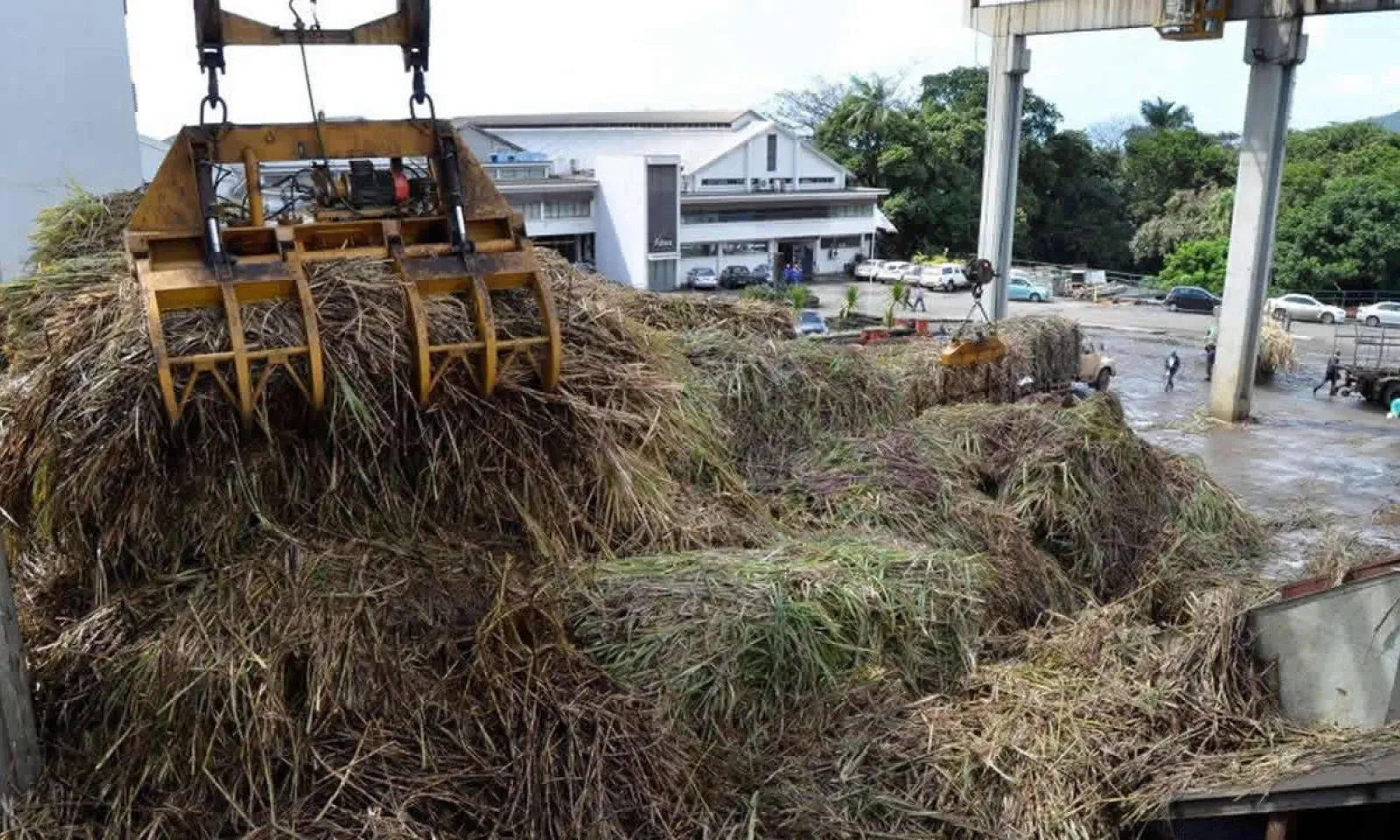
In the context of the current discussion surrounding the local cane industry, the Mauritius Sugar Syndicate (MSS) would like to shed light on several aspects of sugar sales and the corresponding revenue for producers.
Structure of the MSS
The Mauritius Sugar Syndicate is a producer-driven organisation, constituted as per an Act of Parliament in 1951, and having as members all sugar producers of the country, including millers and planters of the corporate sector as well as small and medium cane planters. All categories of planters are represented on the statutory committee of the MSS, thereby ensuring that the interest of all prevails.
The MSS is a non-profit organisation whose objective is to maximise, through the sale of the locally produced sugars, the revenue of all its members irrespectively.
Revenue Sharing
The income and expenditure statement for each crop is published in the MSS Annual Report in September of each year, and illustrates the calculation of the ex-Syndicate price, in MUR per ton of sugar, which is distributed to all producers alike after deduction from the sales proceeds of all common expenditures incurred.
Sales revenue from all value-added sugars, which provide higher remuneration for the industry (compared with the basic raw sugar which used to be supplied to Tate & Lyle Refinery under the defunct Sugar Protocol), flows into the MSS common kitty. After deduction of the manufacturing premium paid to the mills and refineries for the further processing required to convert the basic raw sugar into white refined or special sugars, the net revenue, therefore comprising the mark-up derived from these value-added sugars, is distributed to all categories of planters and millers as part of their ex-Syndicate price on the basis of ton of sugar accrued.
It is important to highlight that the strategy adopted by the industry upon the demise of the Sugar Protocol in 2009 – i.e. to shift its total production towards direct consumption sugars in light of the abolition of guaranteed prices and subsequent decline in sales revenue – has been proven right and cannot be challenged: not only do the white refined and special sugars bring added revenue to all producers (after MSS has paid the relevant manufacturing premium), but they also provide the flexibility for the MSS to deliver its sugars to different market destinations, including in the regional market, directly to industrial users or packers, hence being in a position to negotiate better prices. Had Mauritius remained a supplier of essentially raw sugar for refining, which has been the case for most other ex-beneficiaries of the Sugar Protocol, it would have remained heavily reliant on destination refineries for the sale of its sugar, at prices presently well below Rs 10,000 per ton of sugar.
It should be recalled that the investment to produce white refined and special sugars was undertaken by the producers and was financed through their own equity and loans, not through the EU Accompanying Measures as could have been perceived. These millers and refiners subsequently reap a return, upon delivery of the value-added sugars, through a manufacturing premium paid by the MSS based on appropriate framework agreements approved by all the members of the MSS Committee.
It must nevertheless be noted that, despite the inclination to produce more Special Sugars given that they attract higher prices compared with white refined sugar, they unfortunately remain confined to niche market segments, namely where users are willing to pay a price premium for their enhanced value. As such, it is presently unlikely to find market outlets for the total Mauritian sugar production if it were to be completely converted into Special Sugars.
Ex-Syndicate price compared with retail sugar price
The estimated ex-Syndicate price paid to producers represents the net revenue accruing to them, after deduction of all expenses incurred in the delivery of the sugar, including for the conversion of the raw sugar into white refined or special sugars. The ex-Syndicate price of Rs 11,000 per ton sugar estimated for the 2017 crop is therefore the net revenue being remunerated to producers after payment of these operational and financial costs, and the manufacturing premium for the additional processing.
It should be emphasized, on the other hand, that, by channelling all sales through the MSS, producers are benefiting from its economies of scale in terms of operational and financial expenses, value optimisation, a diversified market base, hence higher market prices, and even gains from the management of its FOREX proceeds. The estimated ex-Syndicate price of Rs 11,000 for the 2017 crop, which is net of all expenses, is in fact higher than what would have been derived from the prevailing world market price of white sugar of around US$ 350/ton.
As regards the domestic market price, if the white sugar were to be imported at this price level of US$ 350 / ton, to which should be added the delivery charges and contribution of the MCIA levy, which is mandatory by law, the total cost for an importer would have reached some Rs 20,000 per ton sugar. The difference from the present retail price of Rs 36,000 / ton in Mauritius therefore represents the margins of such importers as well as those of local distributors and retailers. These margins are presently being pocketed by them, not by the sugar industry, while consumers are not benefiting from any reduced price either on their packet of sugar or in their end-products such as beverages and confectioneries.
Through an increase in import tariff on sugar, the Joint Technical Committee (JTC) is requesting that such import margins currently benefitting independent importers be restored to sugar producers, including small planters, bearing in mind the domestic production which should have been sold locally is presently being exported at the export parity price of US$ 350/ton, which is well below the average cost of production. This decision would therefore bring additional revenue to all the sugar producers to the tune of Rs 275 per ton sugar.
Remuneration for co-products of the cane
As regards the JTC recommendations on other revenue streams, it should be emphasized that it is only asking for a fair remuneration for planters for their cane co-products at a time when sugar prices are highly volatile and will not suffice in bringing an adequate revenue to them. While the JTC calculated that the viability price of the producers is Rs 17,000 for all revenue (and not only sugar), it is fair to recommend the payment of the true value of bagasse to all planters. Again, the measures recommended in respect of biomass should benefit all producers, irrespective of size, on the basis of every ton of sugar produced by them, as is already the case for sugar sales.
Devesh Dukhira | Mauritius Sugar Syndicate








